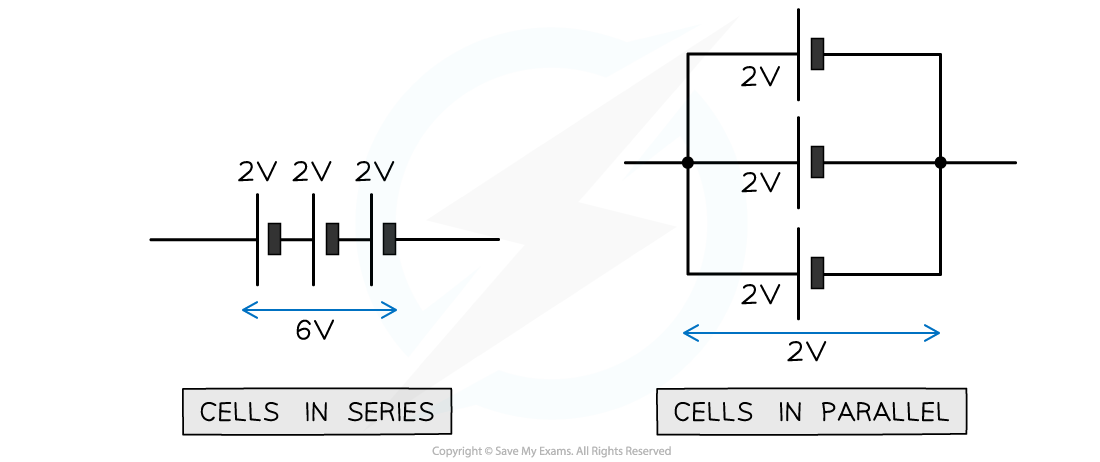- 翰林提供学术活动、国际课程、科研项目一站式留学背景提升服务!
- 400 888 0080
IB DP Physics: SL复习笔记5.2.7 Series & Parallel Circuits
Series & Parallel Circuits
- The following statements for series and parallel circuits are a consequence of Kirchhoff's first and second law
- In a series circuit:
- The current is the same at any point
- The potential difference is split across all components depending on their resistance
- In a parallel circuit:
- The total current is equal to the sum of the currents in each parallel branch of the circuit
- The potential difference across each loop is the same
Series and Parallel Circuit Rules
- The table below summarises the rules for calculating current, potential difference (i.e. voltage) and resistance within series and parallel circuits

Advantages of Parallel Circuits
- Parallel circuits are incredibly useful for home wiring systems
- A single power source supplies all lights and appliances with the same potential difference
- If one light breaks, current can still flow through the rest of the lights and appliances
Series and Parallel Cells
- Cells can also be connected in series or parallel
- If the cells are connected in series, the total potential difference between the ends of the chain of cells is the sum of the potential difference across each cell
- If the cells are connected in parallel, the total potential difference across the arrangement is the same as for one cell

转载自savemyexams

早鸟钜惠!翰林2025暑期班课上线

最新发布
© 2025. All Rights Reserved. 沪ICP备2023009024号-1








